In this article
If you’ve ever brought home a new cat and you already own one, then you know how complex the introduction of the two pets can be. Cats are sensitive animals that may be slow to warm up to new pets and situations, which can make it challenging or time-consuming to integrate a new cat into your household. If your cat spends time outdoors, then they are likely to run into other cats, which may also require an adjustment period similar to that of introducing a new cat into your home.
Will your cat ever make friends with other cats? Cats are able to bond with other cats, forging what we might consider a “friendship” with each other, but it will take time and patience, mainly depending on their personality, socialization, and introduction technique. Not all cats want to form bonds with other cats, though!

Bonding Between Cats
Although some cats may warm up to each other within a matter of days or weeks, it may take as long as 6 or more months for two cats to form a bond close enough that they could be considered to be friends or even just to tolerate each other’s presence. In some cases, though, the two cats may never bond. While this situation usually results in two cats that simply stay out of each other’s way, it rarely requires one of the cats to be permanently rehomed for the safety and health of the animals.
Keep in mind that cats are naturally solitary animals. They can form bonds with other animals and people, but in the wild, cats usually live completely solitary lives. Feral and stray cats may form colonies around food sources. Otherwise, they may only interact with other cats when there is a territory dispute or breeding season is in full swing. If you’ve ever watched a feral cat colony, then you’ve likely noted that some cats do seem to stick together. In many cases, these cats have bonded from a young age, or it’s a group of cats with their offspring.
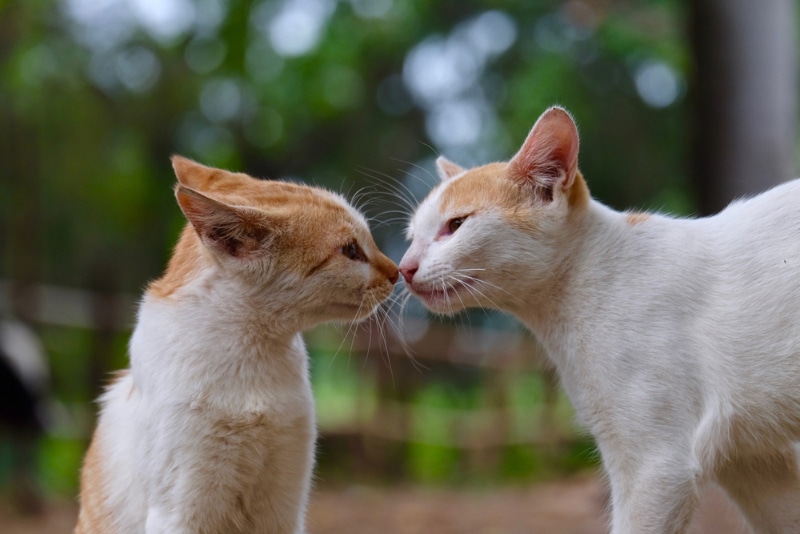
Does My Cat Need a Cat Friend?
If you’re currently living in a one-cat household, you may have caught yourself wondering if your cat might be happier if you gave them a feline friend. If your cat spends a lot of time alone or seems excessively bored, even when you spend daily time with them playing and snuggling, then they may benefit from the addition of another cat in the home. This is especially true in the case of kittens who are more easily introduced to other cats at a young age.
It’s important to remember, though, that most cats are perfectly content to live in a home with no other cats. In the wild, their territory would be relatively large, and cats are often not keen on sharing their territory with other felines. This is one of the main reasons that it’s so difficult to introduce two cats to each other, especially adults.
Many cats can adjust to the addition of a new cat to the home. Even if your cat may not necessarily want a feline friend, it doesn’t mean that they won’t be able to adjust to a new cat, nor does it mean that they’ll never bond with the new addition. If your cats have trouble getting used to each other, you can reach out to a veterinarian and ask about the best way to introduce them properly and safely.
If you need to speak with a vet but can't get to one, head over to PangoVet. It's an online service where you can talk to a vet online and get the advice you need for your pet — all at an affordable price!


In Conclusion
Cats may not form friendships in the traditional sense that humans do, but they can bond closely with other cats. Littermates that are raised together or kittens that are kept with their mother are most likely to be tightly bonded to their siblings. Most cats can learn to accept other cats, sometimes even forming extremely close bonds. Cats are solitary animals, though, so many of them are very happy to live in their own territory without the intrusion of other animals, and introductions need to be conducted patiently following a precise protocol to ensure their success.
Featured Image Credit: Xeniya Butenko, Shutterstock
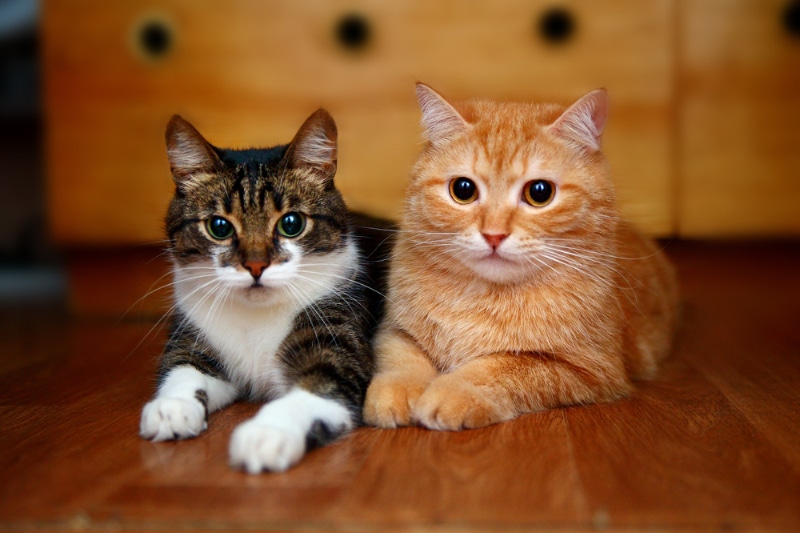



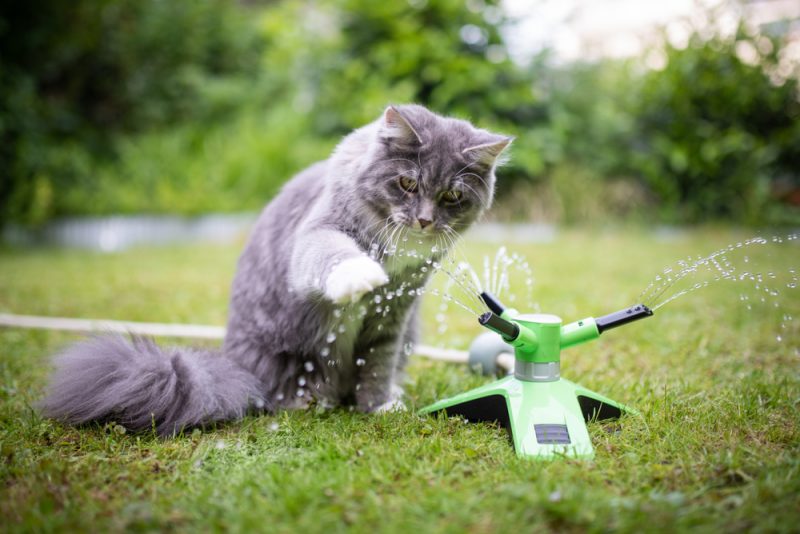
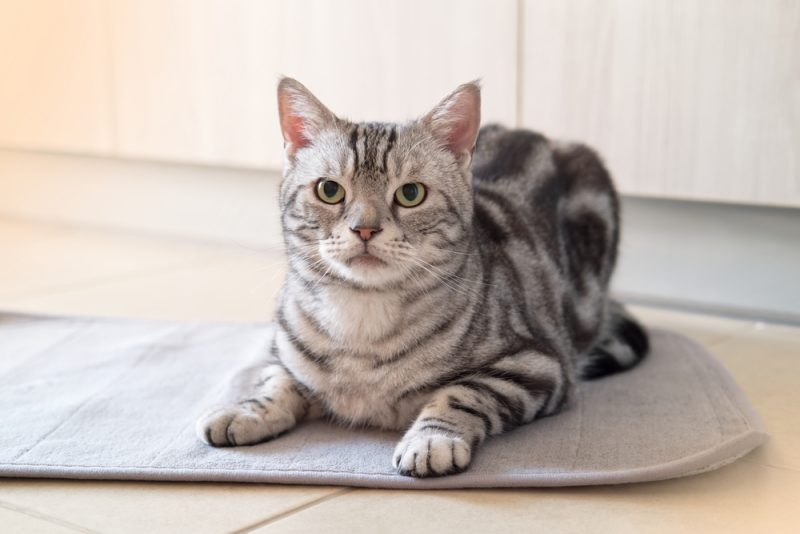


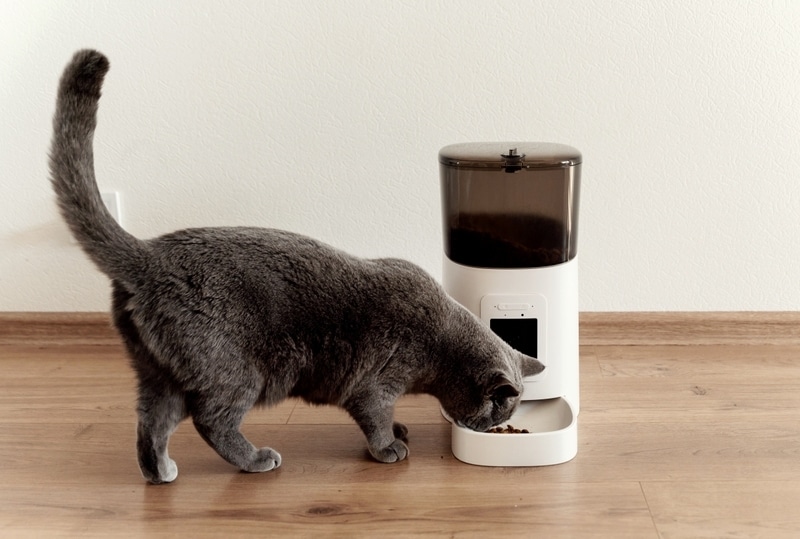
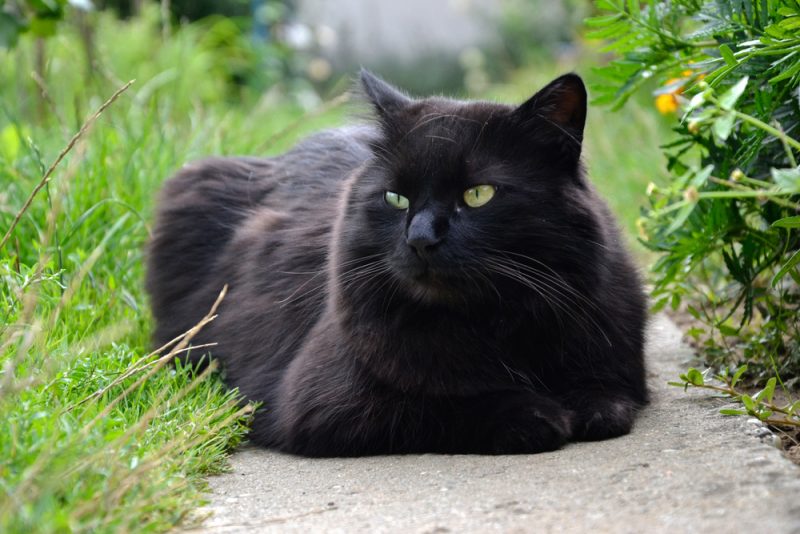
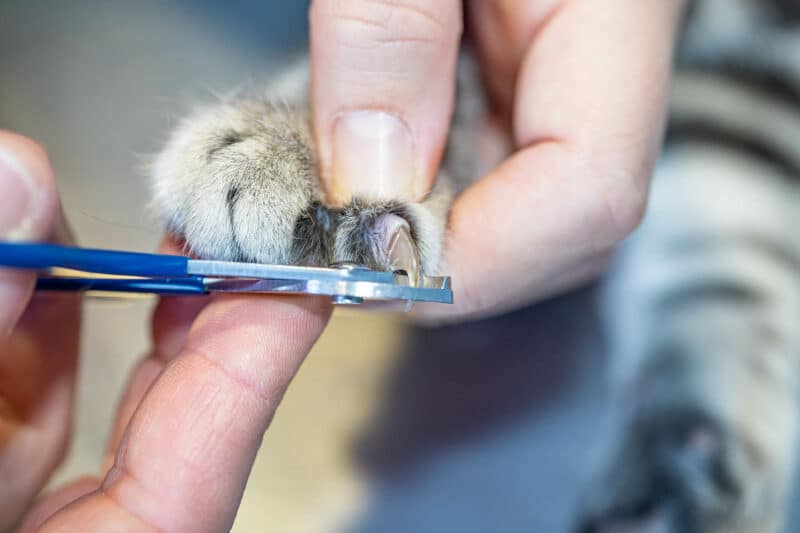
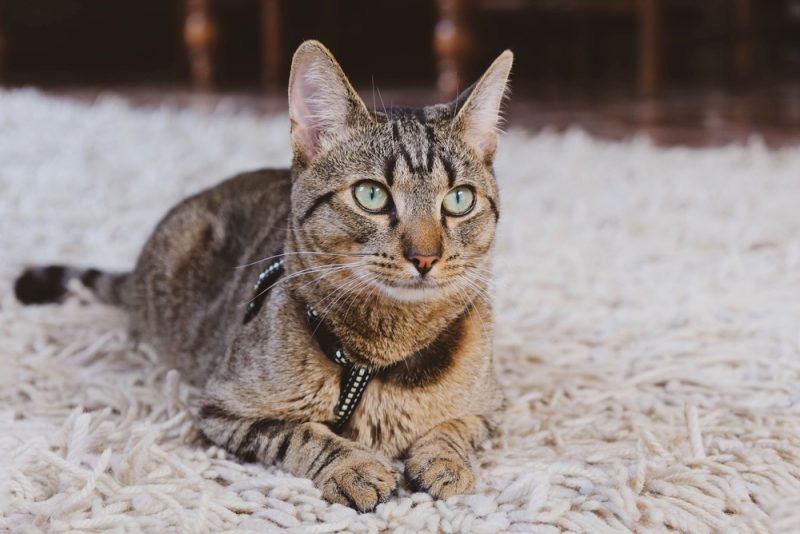
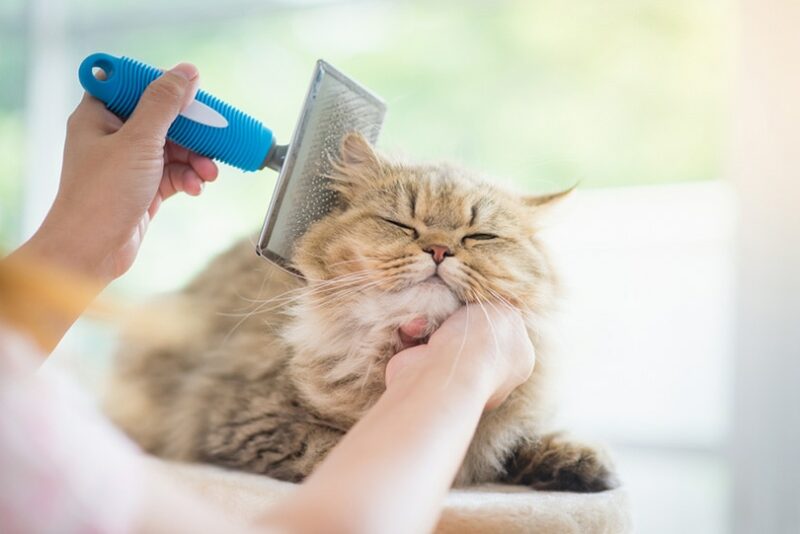


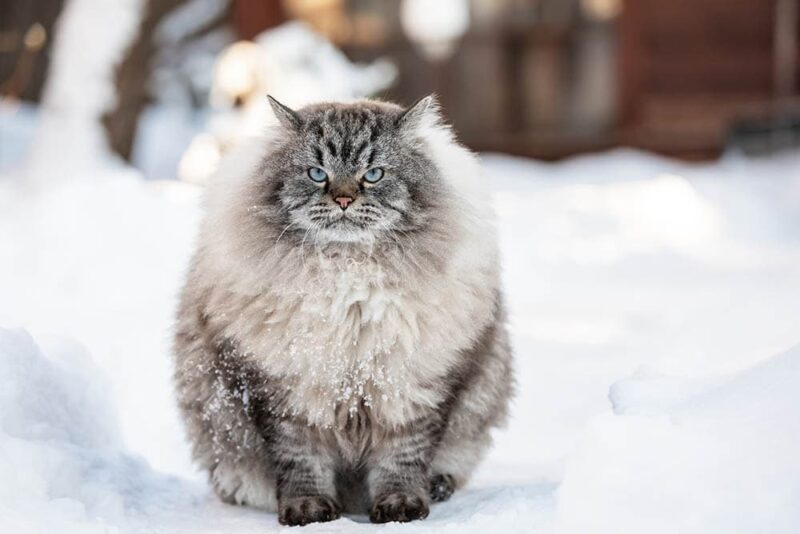

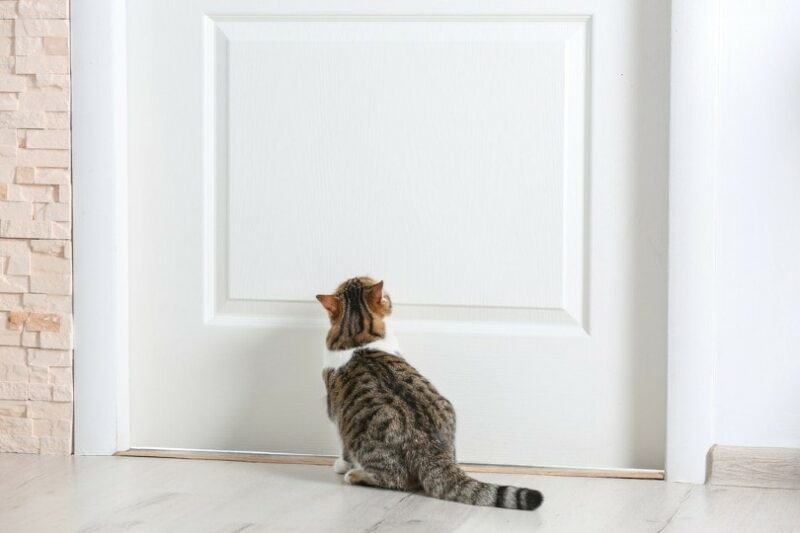

4 Responses
love using and reading articles on caster
Thank you very much for your kind comment, Alyssia. We love to read that you enjoy our posts. Have you heard our new Chatty Cattys podcast? https://www.youtube.com/watch?v=g0kVx2HMIWU
Hi Brooke,
I have never seen or heard of a cat with acromegaly. How is this diagnosed in a cat, and have you had your cat since kittenhood?
I once had a Siamese kitten who was diagnosed with cerebellar hypoplasia due to his frequent seizures. I am still not sure how he was diagnosed as this was back in 1960's.
What is it like to have a pet Snail!
Margot
Hi from Catster's customer service.
Thank you for reading and for your interesting questions, Margot! It sounds like you have a long history of caring for unique and special pets.
Regarding your questions about acromegaly and cerebellar hypoplasia:
Acromegaly in cats is typically diagnosed through a combination of blood tests (checking for elevated levels of Insulin-like Growth Factor-1, or IGF-1, and often glucose) and medical imaging like an MRI or CT scan to visualize the pituitary tumor.
Cerebellar Hypoplasia (CH) is usually suspected based on the distinct coordination issues (wobbling, tremors) and is often confirmed by ruling out other neurological diseases and using an MRI. It is fascinating that your Siamese kitten was diagnosed with it back in the 1960s!